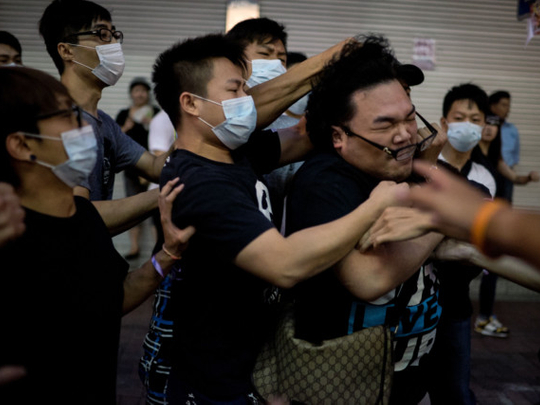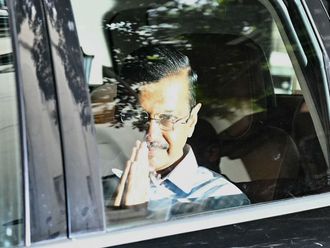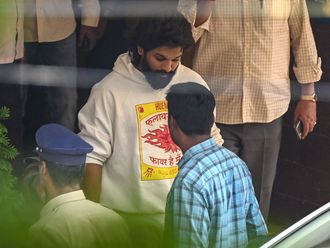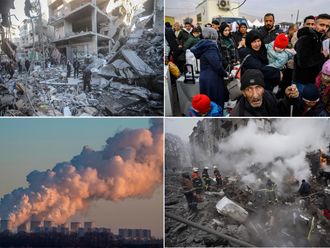
In Hong Kong, business is king. Men in custom-made suits clog the streets; downtown is chock-a-block with financial institutions and luxury stores. Taxi drivers offer stock tips unbidden. As a result, many Hong Kongers viewed the student-led protest against the government (one aimed at shutting down the central business district, no less) with extreme discomfort.
Business owners worried publicly about destruction of property and effects on the economy, and many dismissed the student movement as nave idealists, or (worse!) rebellious kids. When the protesters first took to the streets, many here regarded them with annoyed disapproval. Then came the tear gas.
The images of officers gassing unarmed students made a big impression on the population here. People reacted with profound disbelief, and the protests swelled from 13,000 mainly students to more than 50,000. The contrast between the weapon-toting riot police and the idealistic, young students doing their homework against the barricades was too stark to ignore.
The police realised too late that they had overplayed their hand and changed tack, adopting what the media here calls a “softly softly” strategy. They’ve almost entirely disappeared, other than their daily requests (over a loudspeaker) asking the crowd to please disperse.
Now here we are in this bizarre and quiet standoff. The students control the streets in almost all of Hong Kong’s busiest places: In Mongkok on the Kowloon side, one of the most densely populated places on earth, in Causeway Bay, Hong Kong’s hyper-congested version of New York’s Fifth Avenue, from the government offices in Admiralty to downtown in Central.
And in many ways the city has never been nicer. The barricades have stopped traffic across the city, and as a result pollution levels are at an unheard of low. The skies are clear and blue. Walking along the water on an evening the air smells fresh, and without the din of buses and cars you can hear the night insects.
Hong Kong’s downtown is an almost cartoonishly small, compact place. Still, it is just not designed for pedestrians: Sidewalks are often nonexistent and always crowded. But, thanks to miles of open freeway people are walking to work, and Instagram is full of pictures of the sunny, quiet city with users breathless posting comments about their new strolling commutes into the office.
Hong Kong has a lot to recommend it, but it can be a very rude, cold and socially isolating place to be. People tend to look out for themselves here. Small annoyances like being cut in line on the subway, or poked in the eye by a passerby’s umbrella are commonplace. This is a city where pleases and thank you’s are rarely heard and elbows are kept sharp and at the ready.
The Hong Kong that people woke up in on Monday feels like an entirely different place. Even though the MTR — the subway system here is one of the most efficient and heavily used in the world — is more crowded than usual thanks to roadblocks above ground, on social media residents gush about how polite everyone is, graciously giving up their seats, saying excuse me when they bump a fellow rider. People are smiling at each other on the street. Many residents are buying water, food and umbrellas, and giving it to the protesters for free, something totally contrary to Hong Kong’s entrepreneurial spirit.
Hong Kong has also slowed down. This is a time-is-money place (one motto: “a Hong Kong second is a New York minute”). But thanks to the widespread delays people are starting to catch their breaths, and take their time. For the most part, people are still going to work. They are just arriving in a better mood.
Obviously, occupied Hong Kong is not a long-term solution. But, no matter the ultimate outcome, the umbrella revolution has done something vital; it has shown people here that the status quo is not the only way. For the first time we feel viscerally that Hong Kong, always dynamic, always exciting, can also be pleasant.
— Washington Post
Charley Lanyon is feature writer at the South China Morning Post. He has been based in Hong Kong for four years.



_resources1_16a45059ca3_small.jpg)





